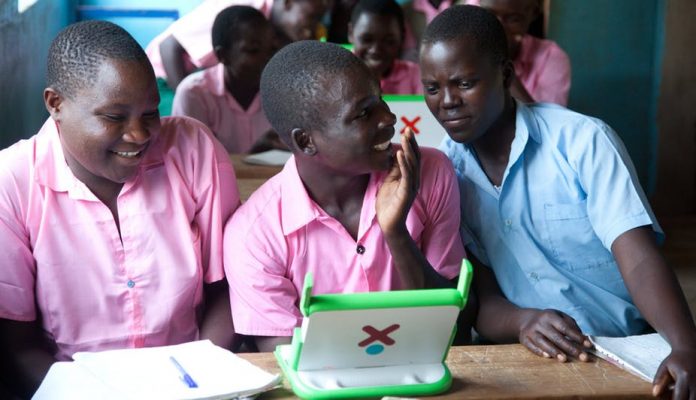By Jo Tondeur
Kenya’s education ministry has proposed that information and communication technology (ICT) – such as computers, laptops, tablets and cameras – be used to help teach certain subjects and improve how students learn. The technology can, for instance, stimulate creativity, help children understand complex topics and give them tools to learn more independently.
In 2011 the ministry created an integration team to coordinate and harmonise all initiatives. The team worked with a Flemish and Belgian non-profit organisation – VVOB (education for development) – dedicated to improving the quality of education in developing countries.
Part of the plan included a professional development programme which was carried out in four pilot schools and lasted two years. It was designed to help teachers learn how to integrate technology into the curriculum. Because teachers are in control of the classroom settings, it was crucial that they were part of this collaborative experience.
My colleagues and I evaluated the programme. Our main focus was on how many teachers continued to use technology in their lessons after the programme ended in the four government-funded secondary schools. None of these schools had previous experience with ICT.
We found that teachers faced a wide range of challenges when it came to integrating technology into their classrooms. These included a lack of electricity, infrastructure and connectivity. Moreover, the training needed was complex and the resources required to deliver it were scarce.
At the start of the intervention, teachers didn’t know how to integrate technology in their classes. They also didn’t have enough time to develop new lessons and had too many pupils to teach.



